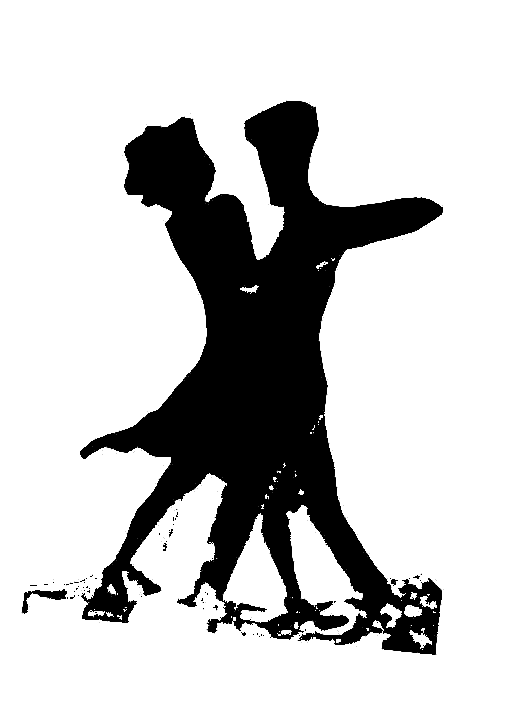From Mazurka in 1750 to Hip Hop in 2008 (3 of 4)
The ups and downs of
public dancing over 250 years
by Horst Kessler
|
Ballroom Dancing is a wonderful,
gracious recreational activity and exercise and has been so for
centuries. Who started it where and when? I asked Ballroom Dance
Enthusiast and Teacher – Horst Kessler – for a br If you missed the first two, you can find them at these website addresses: www.echoworld.com/B08/B0803/B0803HW2.htm (the first segment) and www.echoworld.com/B08/B0804/B0804HW.htm (the second segment)Herwig Wandschneider 1940 - 1970Broadway’s "Golden Age" started in 1940 with shows such as " Kiss Me Kate", "Oklahoma City", "South Pacific". The Big Bands of Glenn Miller and Benny Goodman continued their influence on Music and Dance. The "Blues" came into focus as a dance with the song "Moonlight Serenade". "In the Mood" was the cause for a change in fashion. Designers developed the "swing skirts" in bell shape to accommodate fast leg movements. With it, of course, the blouses and hairstyles also changed to fit the music and the dance. "Jitterbugging" which incorporated acrobatic movements into the Jive, the Lindy etc became the craze and developed into the Swing, all of which became the most popular dances of this wild era of the 40’s. The many Americans stationed overseas at the time brought the "Jitterbug" to all parts of Europe, developing a particular craze in England. In the 50’s Broadway was very successful with more shows such as "Carousel", "My Fair Lady", "The King and I" and many others.
Nonetheless other music and dance forms flourished at the same time, perhaps because of it. Jazz with Louis Armstrong and Ella Fitzgerald were the leaders in their field. In Russia the Bolschoi Ballet developed world-class ballerinas and male dancers. They and the Royal Ballet from London, England set the standard for the rest of the world. The Merengue, Mambo, Cha Cha, the Jive (or Triple Swing) became very popular in North America and eventually the whole world. Music and dance in all its different forms and shapes brought the world together. At the Mecca of ballroom dancing - the "Hammersmith Palais de Dance" in London, England - dances were held there every day with big bands such as Victor Sylvester and Joe Loss, and later with numerous pop-stars of renown. The palais survived decades of changes in music and dance and was only recently scheduled for demolition. The decade from 1960-1970 was a decade of desparation with the Beatles and the worldwide Beatle-mania with millions of records sold and everybody waiting to see and hear them live. Also a few new dances such as the Bossa Nova, Frug, Hitch-Hiker , Jerk, Monkey and the longer lasting Slop took over the dance floor. Teenagers became rebellious and the "flower children movement" was started by Gloria Steinman in California. With it of course thousands of imitation Beatles, concerts and shows. Despite all these so-called modern trends, young people took beginner courses in social dancing and etiquette for at least 20 weeks to learn to dance any type of dance properly and also to have more confidence in daily life. In Germany, for example, every 16 year-old took dance lessons to be "in". Dance clubs were started around the world and Ballroom and Latin became part of everybody’s cultural life. "Salsa", in its early stages, arrived in the US in the 1960’s, but was short-lived and remained popular only in Latin America. It eventually achieved its enthusiastic welcome-back to North America and spread to Europe a decade later (see the 4th segment in the June issue). Horst Kessler |



![Swing Riot-Addicted to dancing [photo: Herwig Wandschneider]](805c-HW-1855b_small.jpg)
![Rock'n Roll demonstration [file photo]](805c-HW-scan_small.jpg)
